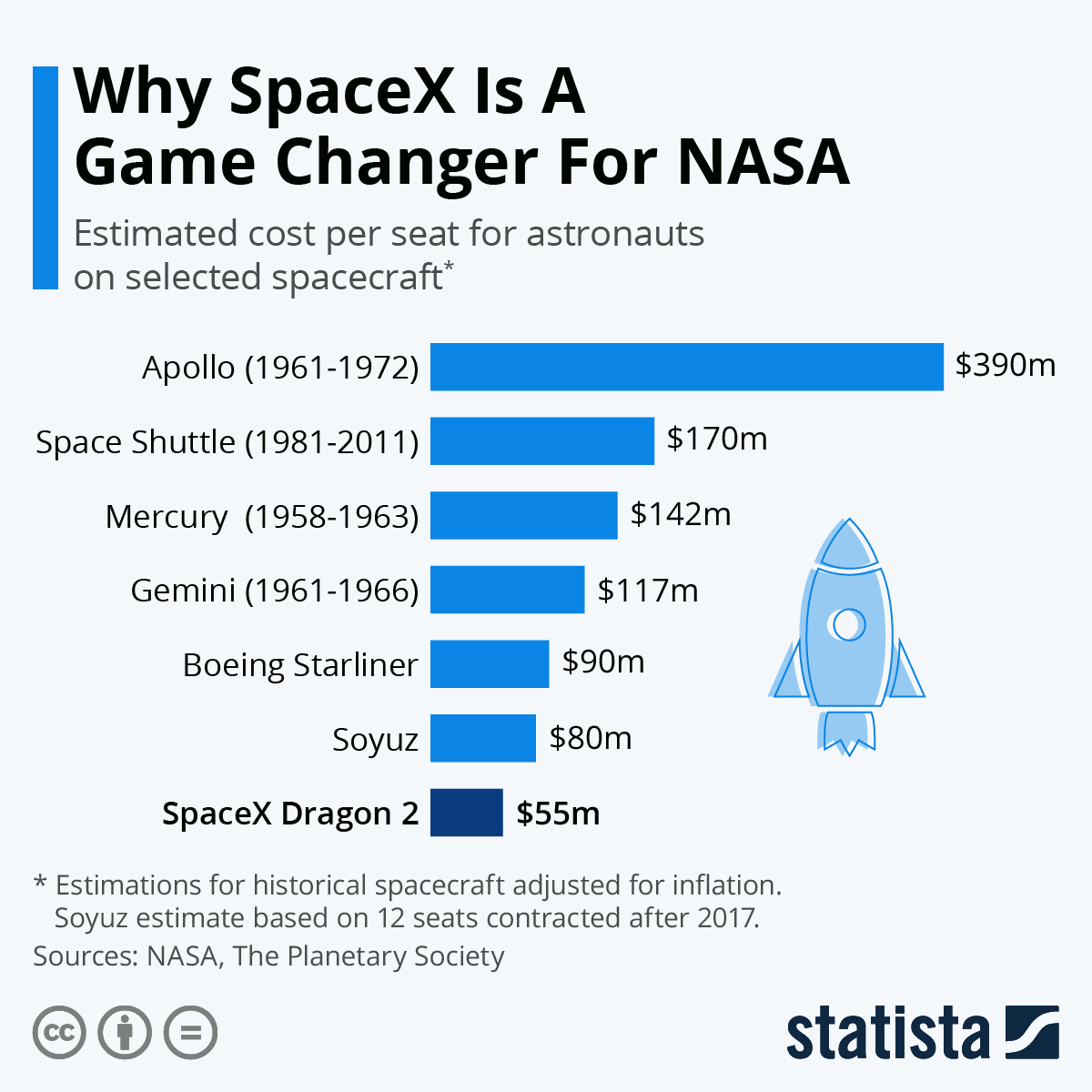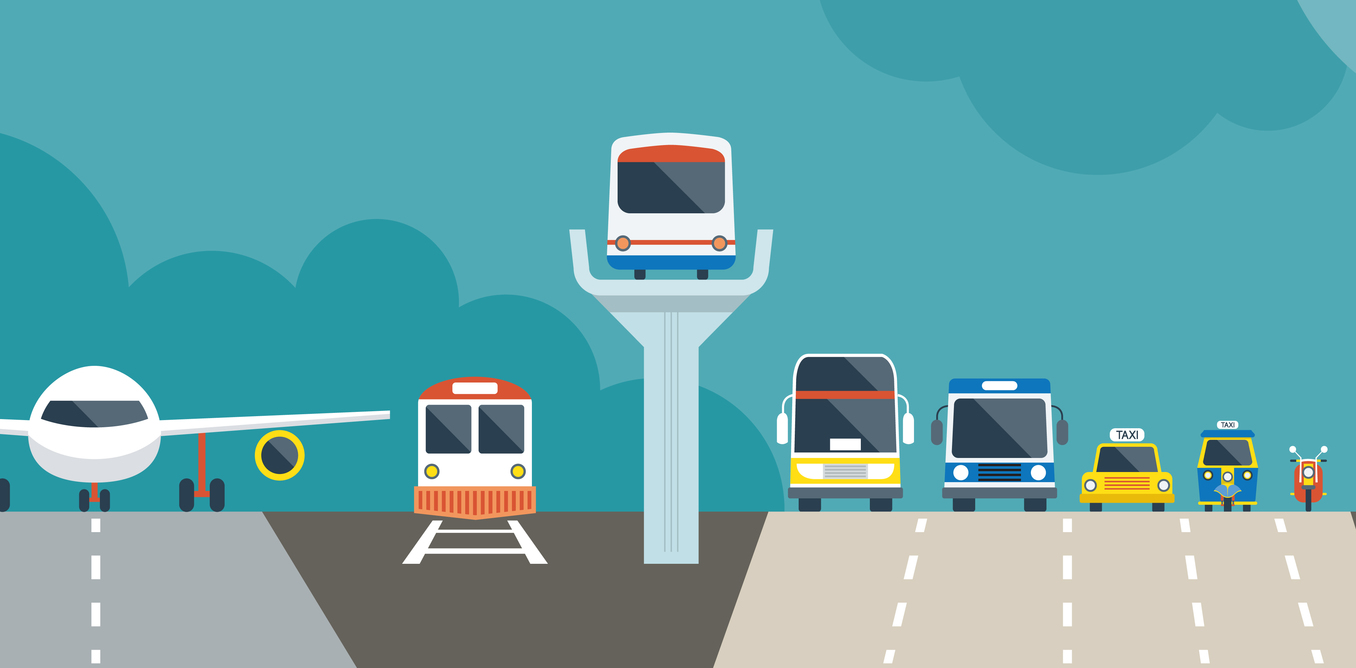Apart from its recent history-setting feat, here’s another reason why SpaceX is valuable to NASA.
The National Aeronautics and Space Administration (NASA) Office of Inspector General released a report last year concerning the management of crew transportation to the International Space Station (ISS).
According to the report, the ISS has been a laboratory, observatory, and factory in low-Earth orbit for more than 20 years. It is composed of two connected segments:
- the Russian segment, operated by the Roscosmos State Corporation for Space Activities (Roscosmos)
- United States On-Orbit Segment (USOS), operated by NASA and its international partners
The U.S. Space Shuttle Program ended in 2011. Since then, no manned flights have been launched in America. Instead, the Russian Soyuz vehicle shouldered the responsibility of transporting the astronauts to the ISS — with NASA allocating some of its funds to purchase some Soyuz seats.
This changed when SpaceX launched their Crew Dragon Demo-2 mission last month, making it the first manned space flight in American soil since the Shuttle Program was retired.
From our partners:
More than setting history, there is another fundamental reason why SpaceX is a valuable asset for NASA — cost.
Game-changer
Based on the data from NASA and the analysis of the Planetary Society, the per-seat cost of the Dragon 2 amounts to about USD 55 million.
While this is an enormous amount for the four-seater spacecraft, it turns out to be the lowest among the previous U.S. programs, adjusting for inflation. It is cheaper than even the Soyuz with an approximate per-seat cost of USD 80 million.
By the end of the Space Shuttle Program, NASA transitioned from working with private companies to build vehicles that will be fully owned by the government to establishing fixed-price partnerships for vehicle development in exchange for providing NASA crew flights to the ISS as a service.
Apart from Space X, NASA also enlisted the capabilities and services of Boeing. Their Starliner has a projected per-seat cost of USD 90 million, about double the cost of a SpaceX flight.
Among the most expensive missions of all time is the 1961-1972 Apollo program, noted for the remarkable feat of landing the first humans on the Moon. The per-seat cost of the program comes to a colossal USD 390 million.
According to NASA’s audit, the Space Shuttle Program which ran from 1981 to 2011 was also costly at around USD 170 million per seat.
It should be noted that some of these missions are not directly comparable in cost. Apollo, for instance, was created with the Moon landing in mind, while the Space Shuttle Program is designed for low-Earth orbit which is magnitudes closer.
According to NASA, between USD 3 billion and USD 4 billion is spent on the ISS, which constitutes about half their allocation for human space flight.
Right now, NASA is also exploring more fixed-price partnerships for the components of the Artemis Program which aims to land the first woman and the next man on the Moon in the lunar south pole by 2024.














